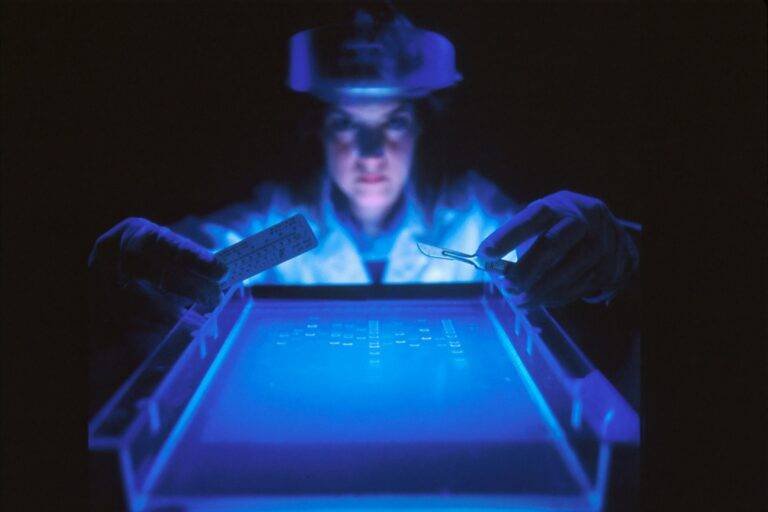Scientists from Cold Spring Harbor Laboratory (CSHL) have developed the world’s first mobile genome sequencer analyzer through a new iPhone app called iGenomics. The app reportedly runs entirely on the iOS device, making the use of laptops and other large equipment less necessary for pandemic and ecology professionals. A user can pair an iPhone with a handheld DNA sequencer, they can create a mobile genetics laboratory, reminiscent of the “tricorder” featured in Star Trek.
BACKGROUND: The Birth of the Tricorder Idea
Aspyn Palatnick programmed the groundbreaking iGenomics in the basement of CSHL Adjunct Associate Professor Michael Schatz’s laboratory over the span of eight years, beginning when he was just a 14-year-old high school intern.
The iPhone app’s development was to complement the small DNA sequencing devices currently being made by Oxford Nanopore.


ANALYSIS: How Will This Sequencer Work?
Palatnick—now a software engineer at Facebook—was reportedly already experienced at building iPhone apps when he joined the Schatz laboratory.
Palatnick and Schatz realized that as the “sequencers continued to get even smaller, there were no technologies available to let you study that DNA on the mobile device. Most of the studying of DNA: aligning, analyzing, is done on larger server clusters or high-end laptops.”
Schatz noted that scientists researching pandemics were “flying in suitcases full of Nanopores and laptops and other servers to do that analysis in the remote fields.”
OUTLOOK: Why You Probably Want a Tricorder
The iGenomics app will make genome studies more portable, accessible, and affordable.
Users can reportedly AirDrop any sequencing data to each other, allowing DNA analysis to be accessed even in the most remote areas without a stable internet connection. iGenomics may soon find its way into the hands of astronauts, according to Schatz. “There’s a lot of interest to do DNA sequencing in space. I’m trying to see if there’s a way we can get iGenomics up there. There’s a lot of people that are interested in doing that. It’s a real testament about how it would be impossible to do, you know, any sort of analysis on regular computers. It’s just impossible to bring them with you.”
Palatnick and Schatz reported in the journal Gigascience that the iGenomics algorithm could rapidly map DNA sequences of viral pathogens, such as the flu or Zika virus, and identify mutations pertinent for diagnosis and treatment. An online tutorial for analyzing other virtual genomes is also provided, such as from a SARS-CoV-2 patient.
Schatz says he dreams this device will aid field workers and citizen scientists alike.
“Today, we all carry professional cameras in our pockets, so it’s not that hard to imagine in the next couple years, all of us carrying our own DNA sequencers on our smartphones, as well. There’s just so many opportunities to do measurements of our environment and look for pathogens, maybe even do scans of yourself.”

